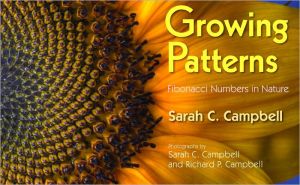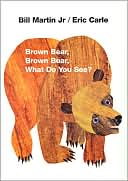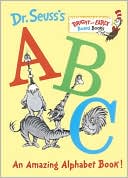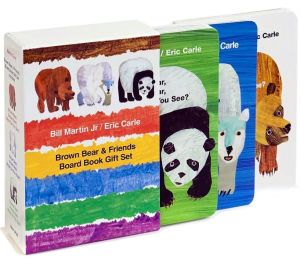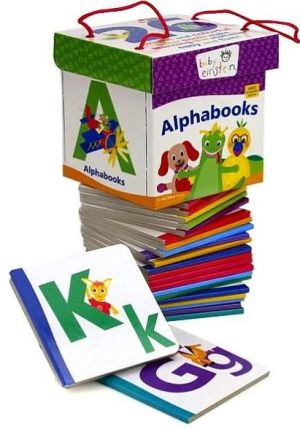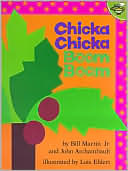Growing Patterns: Fibonacci Numbers in Nature
Search in google:
\ Publishers WeeklyThis husband-and-wife team, who collaborated on Wolfsnail: A Backyard Predator, turn their attention to the Fibonacci sequence of numbers, employing photographs from nature, basic addition, and reader-directed text to explain it. Beginning with an image of a seed, Campbell moves through the first numbers, adding images of flowers with petals that match Fibonacci numbers (the flowers are set within boxes sized to correspond to the numbers as well). By the time readers reach a yellow cosmos, with eight petals, the flowers take up an entire page, laying visual groundwork for a later representation of the numbers as a spiral. The Campbells also explore more complex appearances of the sequence in nature and note that while Fibonacci popularized these numbers, they had already been known to Indian scholars. Besides being eye-catching, the photographs ought to prove invaluable for visual learners (spiral patterns in a pinecone are darkened for visibility). Kids should be left with a clear understanding of the pattern and curious about its remarkable prevalence in nature. Ages 5-11. (Mar.)\ \ \ \ \ Children's Literature\ - Leona Illig\ This beautiful and unusual picture book describes one of the most fascinating mathematical concepts: the Fibonacci number sequence. The number pattern is simple (1, 2, 3, 5, 8, 13, to infinity), but its presence in nature is both startling and unexplained. The author begins with an elegant but understandable explanation of how plants grow, illustrated by the Campbells' photographs. She then presents examples of different flowers, with the instruction, "count the petals." Soon the number pattern emerges. The author then introduces other plants and animals that exhibit the pattern, such as the spirals in pinecones and in the sea animal, the nautilus. At the back of the book is a section on related information (including short sections about the mathematician Fibonacci and "the golden ratio"), as well as a glossary. This picture book is unique. The direct and simple language, the basic number pattern, and the gorgeous photographs can be understood and appreciated by young children. Older readers, however, including adults, will also benefit from reading this book because they will be able to consider the far-reaching implications of this recurring pattern in nature. It is a living book that grows with the child, imparting new ideas and knowledge with each reading. The concept and its presentation are exceptional; it is difficult to think of many picture books that explain science in such an effective and beautiful way. This book is sure to be an award-winner, and one that should be sitting on every child's bookshelf. Reviewer: Leona Illig\ \ \ School Library JournalGr 3–6—This slim, attractive volume makes clear the appearance and significance of Fibonacci numbers in nature, both through simple, precise explanations and eye-catching photographs. With plenty of white space and crisp images, the design of the book is appealing. Details about Fibonacci himself, other interesting mathematical concepts such as the "golden ratio," and a glossary are included. With such an obscure topic, this book may have a difficult time finding an audience, but math teachers looking to add an interesting element to a lesson will find this a solid choice, and future mathematicians will be drawn into the magic and mystery of Fibonacci numbers.—Jody Kopple, Shady Hill School, Cambridge, MA\ \ \ \ \ Kirkus ReviewsIn nature, the number series called Fibonacci numbers (1,1,2,3,5,8,13...) often appears in the arrangement of petals or spiral patterns in plants and animals. This math-and-science title is another beautiful photo-essay by the creators of Wolfsnail (2008). A spare, simple text introduces the idea that plants carry genetic instructions for their development, often including a mathematical pattern. Readers are engaged in the process of discovering the pattern by the repeated question, "Can you count . . . ?" Beginning with a tiny photo of a seed followed by an equally tiny single-petal flower and then going on with increasingly larger photographs, the design reinforces the concepts of the series and a logarithmic spiral. Spirals in pine cones and pineapples are artificially colored to accentuate the pattern. Pointing out that not all plants and animals exhibit this arrangement, the author concludes by inviting readers to take a closer look outside. The backmatter makes clear that the nautilus-shell curve shown is not quite a golden spiral. This clear demonstration of complex ideas will be welcomed in elementary classrooms. (more about Fibonacci numbers, glossary) (Informational picture book. 5-9)\ \
